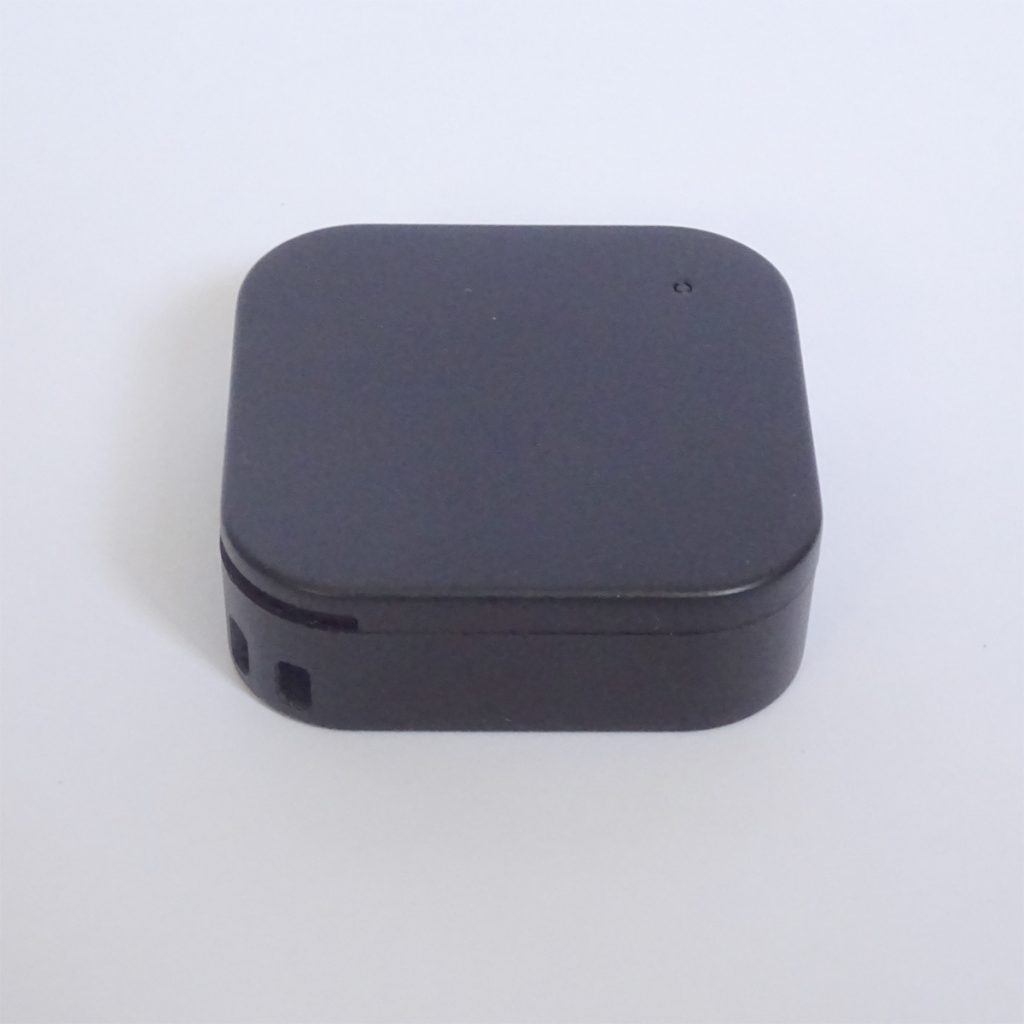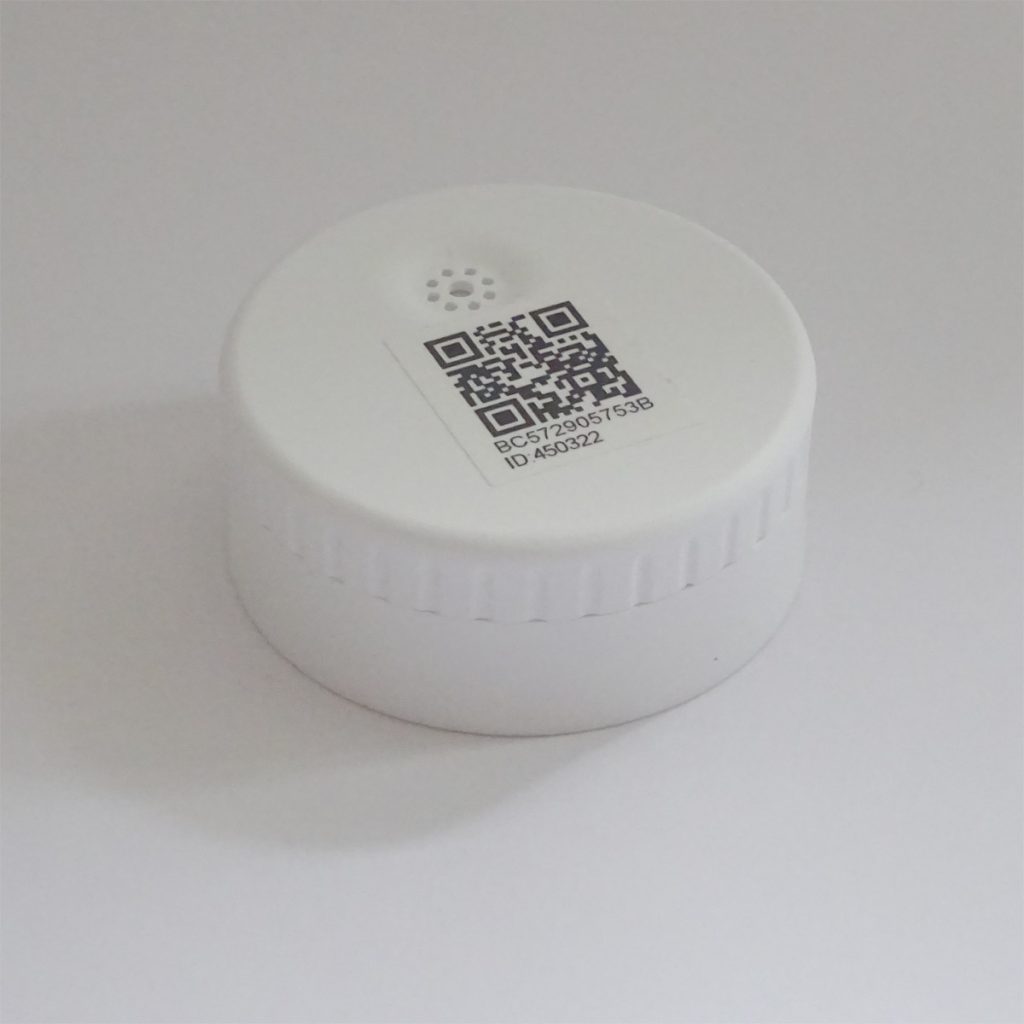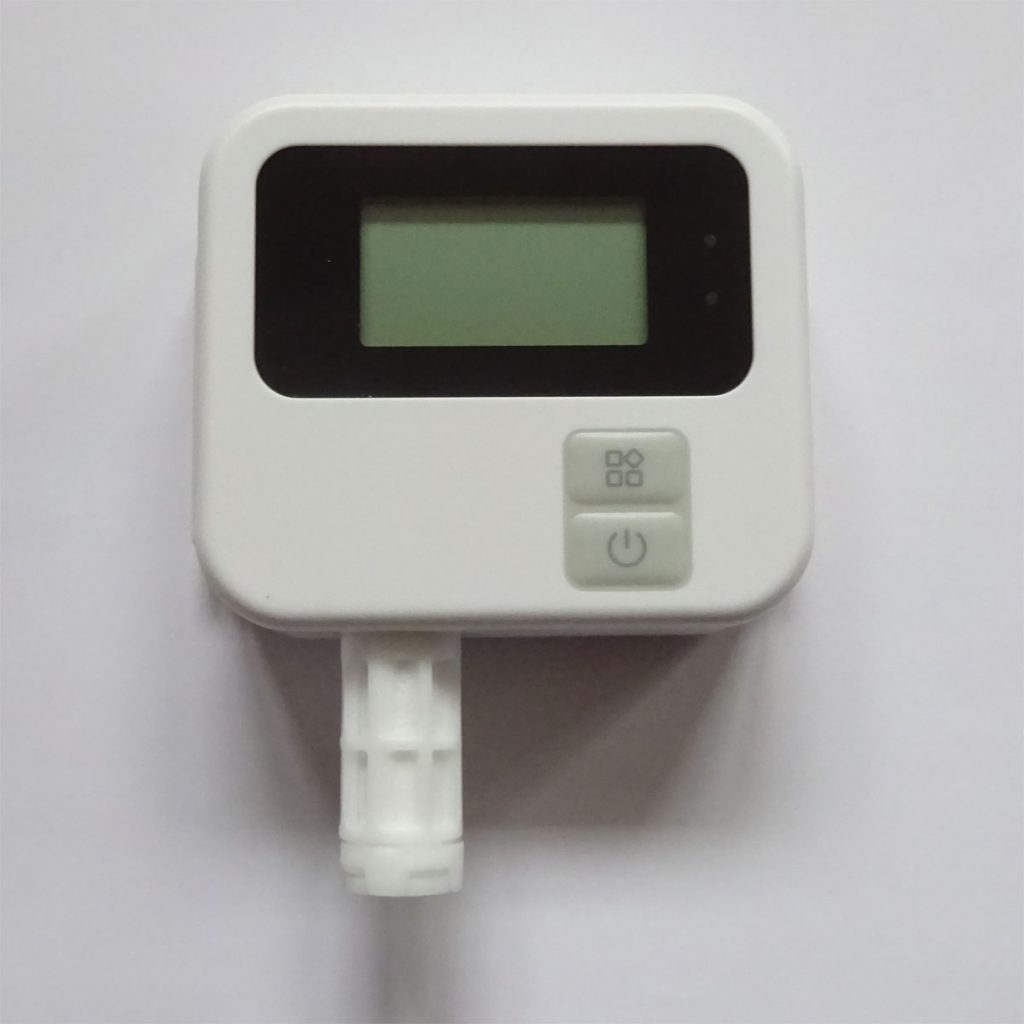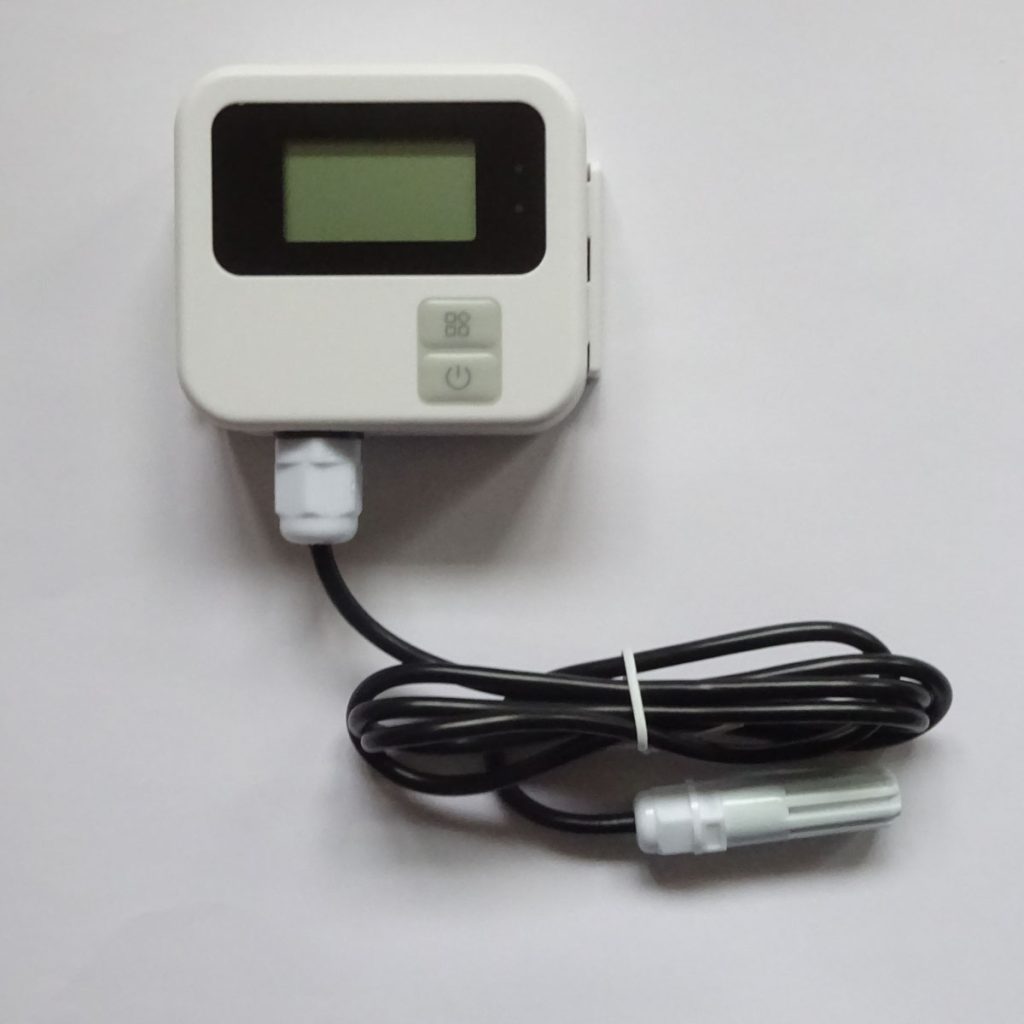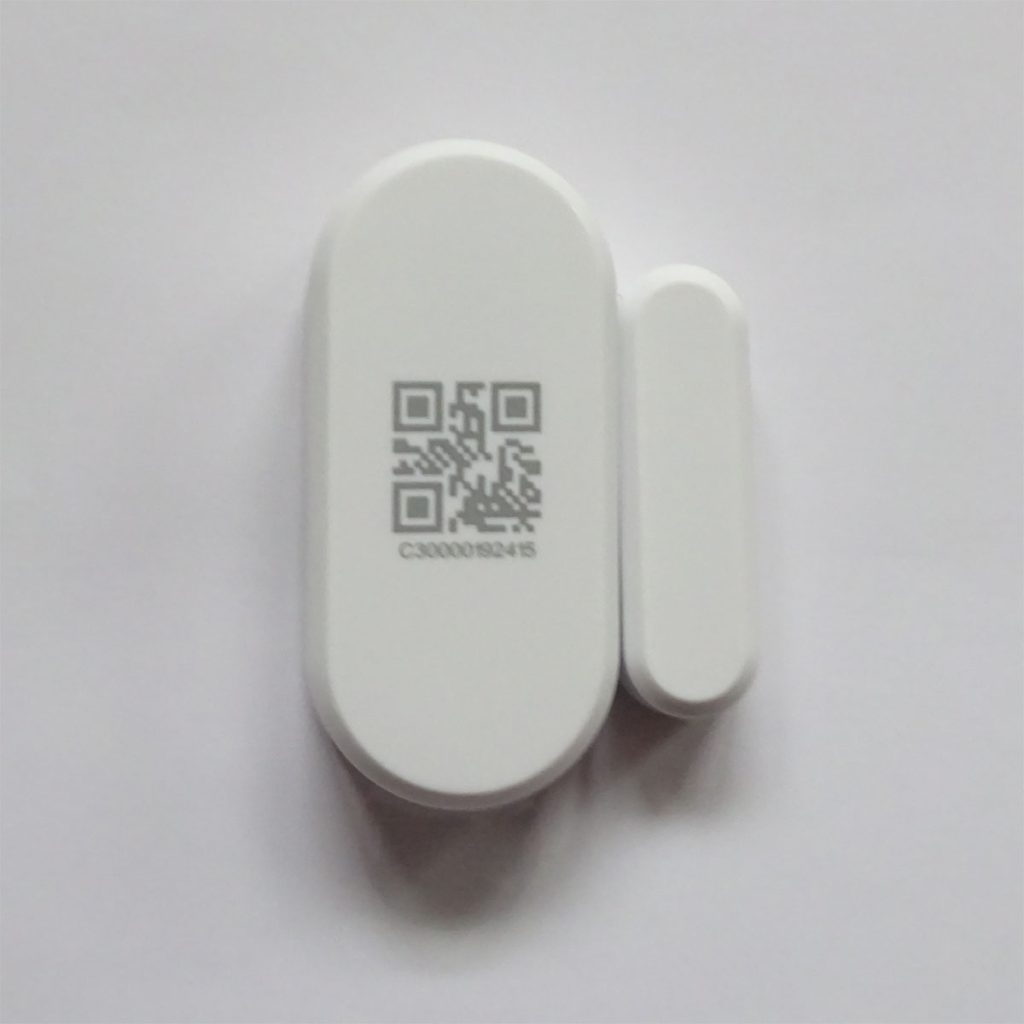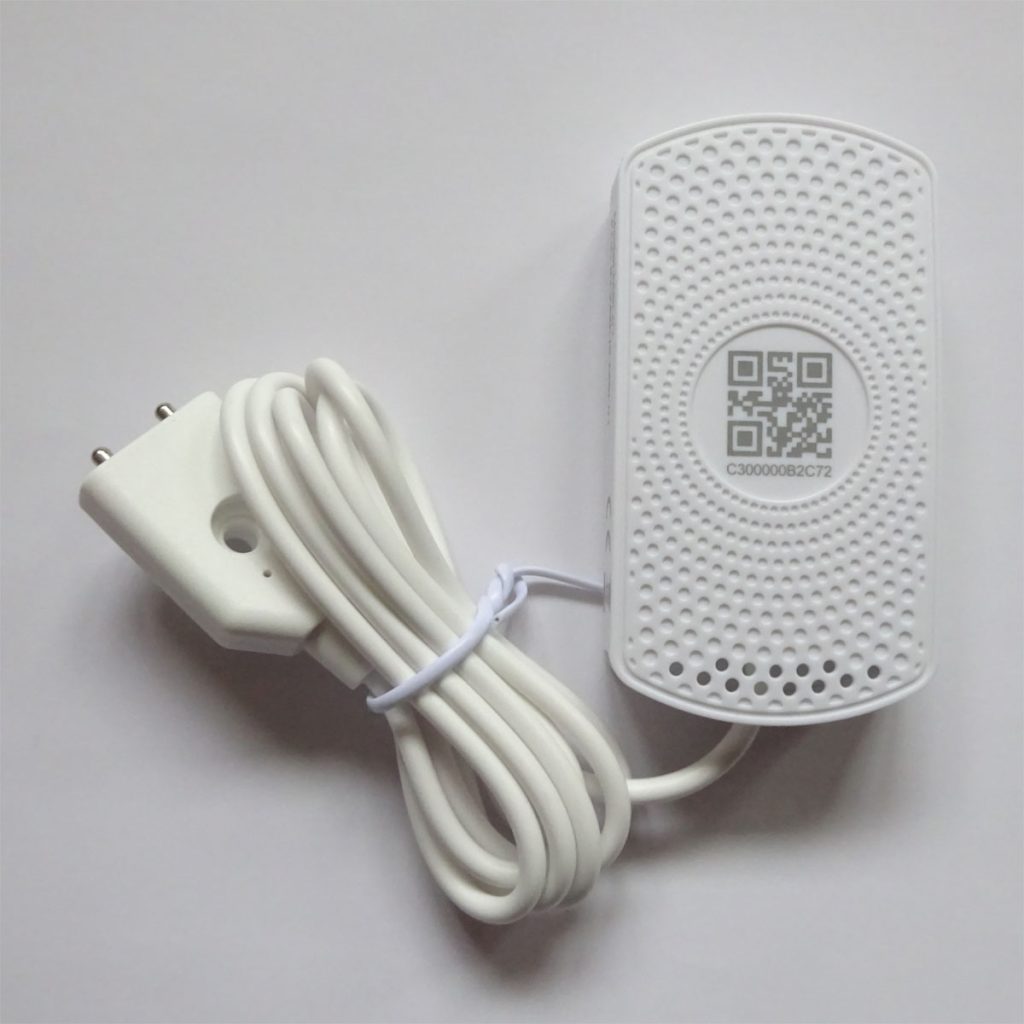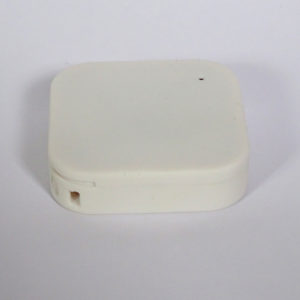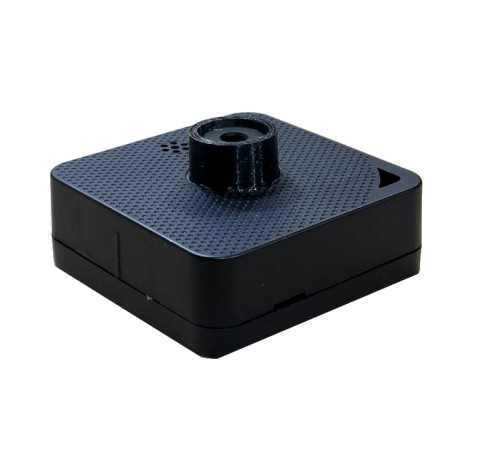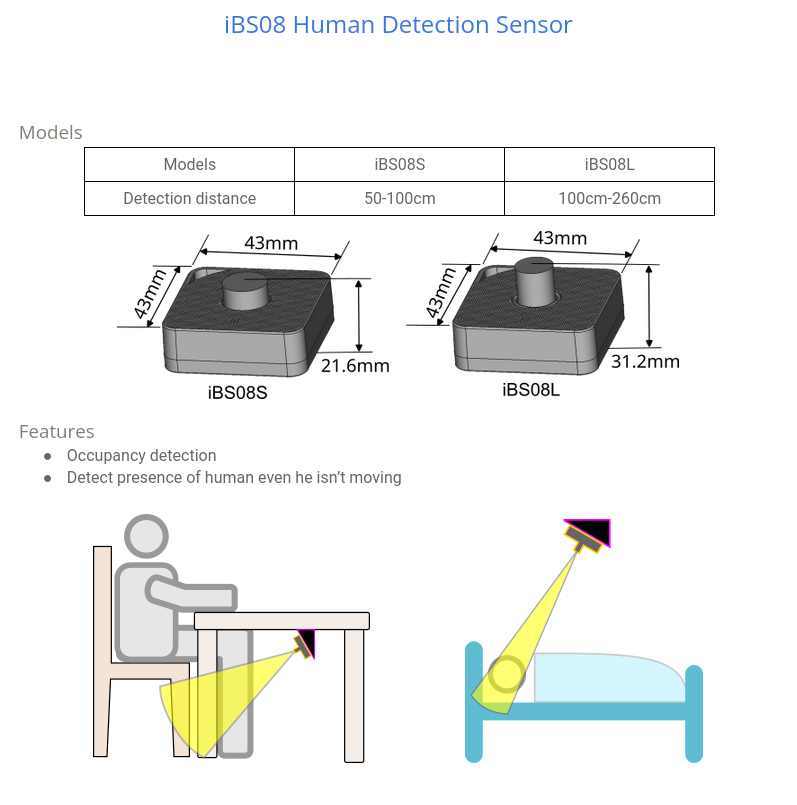Bluetooth sensor tags and sensor beacons are essentially the same, with the difference in terminology largely depending on how they are used. When these devices are fixed in place, they are typically referred to as beacons. When they are attached to assets or people, they are more commonly called tags, as they are being used to ‘tag’ items or individuals. Despite these naming conventions, the terms are interchangeable and can be used regardless of the specific application.
The use of the term tags also comes from the use in RFID, barcode and UWB devices that can also be used to uniquely identify devices.
Bluetooth sensors can be used in two ways, either via connection-less advertising or having another Bluetooth device connect and examine values. This is explained further in our article on Using Bluetooth Wireless Sensors.
Tagging implies locating. However unlike other technologies, devices can do a lot more than just locating and can detect movement (accelerometer), temperature, humidity, air pressure, light and magnetism (hall effect), proximity, heart rate and fall detection.
Read more about:
Using Beacons, iBeacons for Real-time Locating Systems (RTLS)
Beacon Proximity and Sensing for the Internet of Things (IoT)
